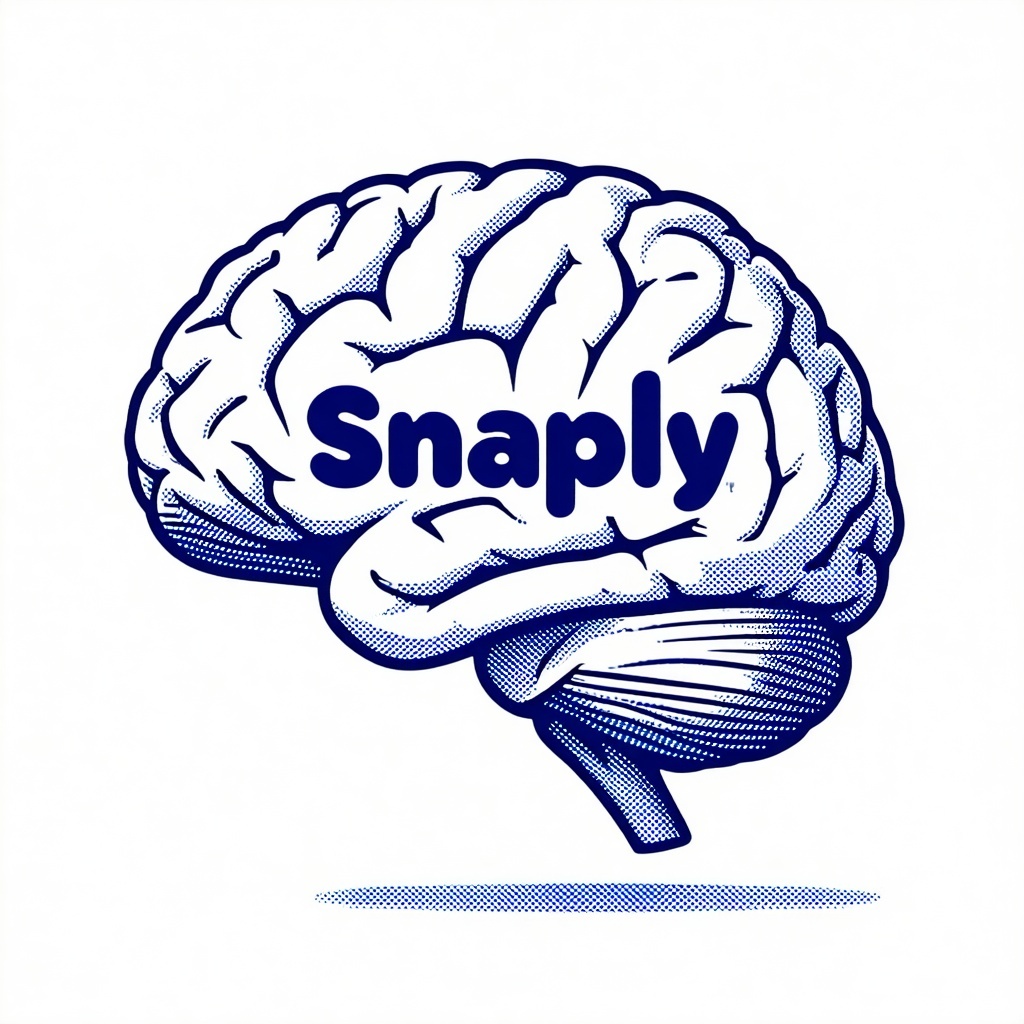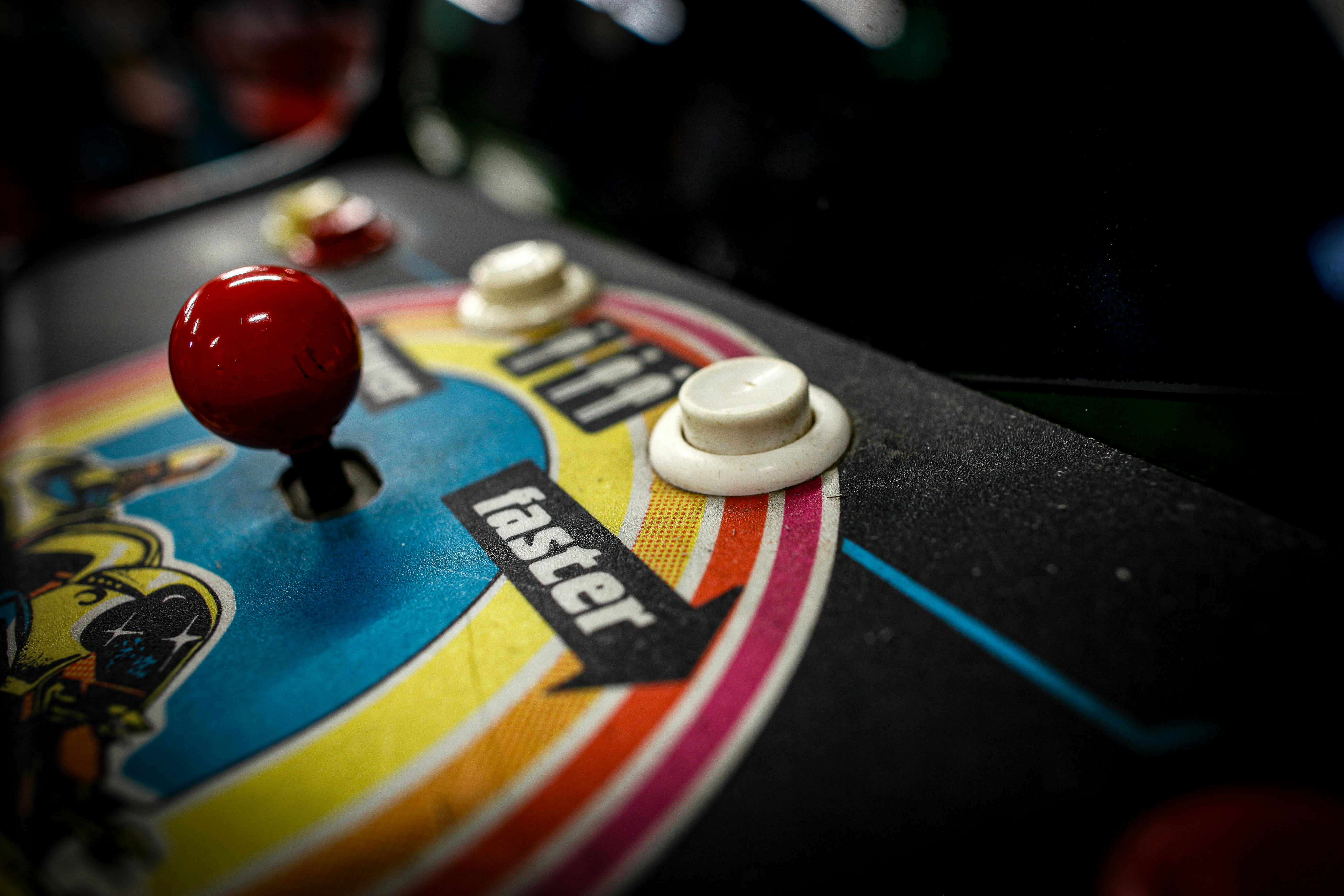In Part 1, we explored how a buyer’s first impression is shaped in seconds. Let’s continue on with this psychological analysis by diving deeper into the emotional triggers behind buyer behavior: color, lighting, sequencing, and the subtle art of visual storytelling. Snaply real estate photography trains its team to move beyond documentation and into the psychology of persuasion to make sure our clients can sell their listings.
Part 2: Photography as a Psychological Trigger
The best real estate photography doesn’t just show rooms. It creates a narrative. A photo of a sunlit kitchen with a clean countertop will suggest a lifestyle that may include: morning coffee, easy conversations, or quiet routines.
This is not accidental. Buyers use emotional filters to decide which homes to visit. That emotional filter begins with images. When Snaply trains our photographers, we focus on light, angles, and flow not to be artistic, but to be behavioral. We guide the eye. We build calm. We showcase warmth. Buyers react before they analyze.
Neuroscience tells us that images are processed in the brain’s amygdala and limbic system, bypassing rational analysis and triggering an emotional response within 150 milliseconds. This emotional encoding plays a major role in memory formation and decision-making. A beautiful living room does more than appeal. It persuades. That’s why Snaply doesn’t approach photo sessions like documentation or even an artistic endeavor. We approach them like opportunity design. And that’s what drives results.
Color psychology is another element often overlooked. Warm tones tend to make a space feel inviting. Cool tones convey serenity and control. According to the Journal of Environmental Psychology, color temperature can influence perceptions of intimacy, openness, and safety. Saturation, contrast, and brightness play roles in mood, even if the viewer cannot articulate why.
There’s also power in how images are sequenced. Starting with an exterior shot, flowing into the living room, then the kitchen, and finally the bedroom, mimics a physical walk-through. It allows the brain to build spatial understanding. That perceived order creates a sense of orientation, which is one of the brain’s favorite sensations. Studies in cognitive neuroscience have shown that spatial memory is enhanced when visual storytelling mirrors real-world navigation.
We also coach our team to be deliberate with lifestyle cues. A reading nook. A basket of lemons on a countertop. A neatly folded towel at the foot of the bed. These are not decorations. They are behavioral nudges, based on the theory of embodied cognition (the idea that people mentally simulate experiences when viewing environmental cues). They infer a lifestyle the buyer could have.

